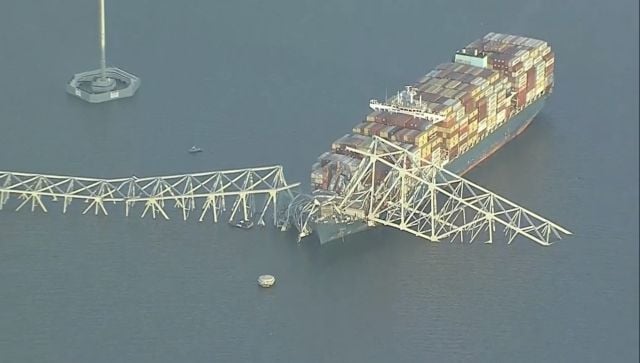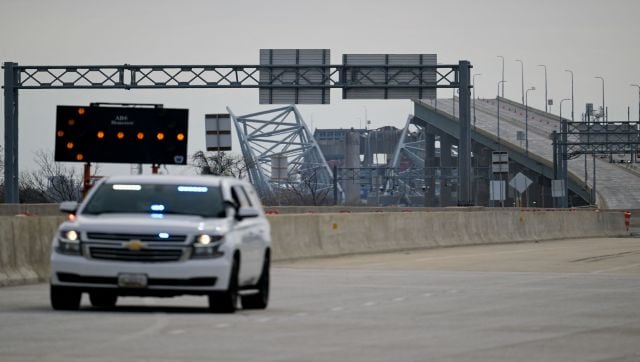On International Workers’ Day, 2024, we will march as a contingent on the London May Day march to express our solidarity with workers and women in Iran

Solidarity with Iranian workers, women, and youth
London May Day march contingent
Workers and women in Iran continue to protest for their rights and freedoms. Workers in sectors such as oil, steel, and elsewhere have struck for better pay and improved conditions; women have continued to resist the Islamic Republic’s repression.
The regime has responded with yet more repression and has stepped up executions, and attacks on women. Rapper and singer Toomaj Salehi is among those who have been sentenced to death for supporting protests. Moreover, dozens of trade union activists have been arrested, and many jailed. Women’s rights activists have also faced detention, and female students have been poisoned in schools. The regime is now attempting to use the threat of attacks from Israel, and their own warmongering response, to whip up nationalist sentiment to distract from the conditions faced by the Iranian people. A regional war will only serve the reactionary agenda of Israel and Iran’s rulers.
The Iranian regime is a capitalist neoliberal regime that uses execution and state terror to maintain its power and spends the wealth produced by workers to support regional proxies and destructive wars. Iran’s ruling class practices patronage and embezzlement and enriches itself via capitalist enterprises while workers and the poor in Iran face sharply declining living standards.
On International Workers’ Day, 2024, we will march as a contingent on the London May Day march to express our solidarity with workers and women in Iran. The rights we fight for – liberty, equality, and workers’ democracy – must be universal, or they are meaningless.
As well as jailing trade unionists and attacking labour activists, the Islamic regime of Iran violates numerous workers’ rights, including:The right to establish and join independent unions
The right to bargain collectively
The right to strike
Join us on May Day to say:Solidarity with workers, women, and youth in Iran
No to compulsory hijab laws and sexual apartheid; for women’s rights in Iran
No to regional war
Capital punishment is state murder: no to executions
Free jailed trade unionists and political prisoners
Expose the representatives of the anti-worker Iranian regime at the International Labour Organisation
For freedom, democracy, and equality for all: for international socialism
This contingent has been initiated by the Committee for Solidarity with the Iranian Workers’ Movement (SWIW). We welcome cosponsorship from any network or organisation committed to solidarity with Iranian workers’ struggles.

Keep speaking up for Palestine – May Day rally!
Jeremy Corbyn
By Matt Willgress, Labour & Palestine
The revelation last week that ministers David Cameron and Kemi Badenoch authorised British arms sales to Israel right after an airstrike killed three British charity workers in Gaza has further exposed how complicit ‘our’ Government is in Israel’s genocide in Gaza. It also underlines why it’s so important that we remain active on the streets and throughout the labour and trade union movement, speaking up for Palestine.
Additionally, the Government is also refusing to rule out whether British machinery was used in the killing of the aid workers.
The obvious truth is that Britain is arming Israel’s assault on Gaza about which the United Nations Secretary-General, Amnesty International, Human Rights Watch and many others have said Israel has committed grave violations of international law.
This is why it is so vital to keep demanding – in the words of Zarah Sultana’s important Early Day Motion – that “in light of plausible breaches of the Genocide Convention, [we] further call on the UK Government to demand an immediate ceasefire and suspend all arms exports to Israel.”
In this context – and with a further horrific Israeli aggression against Rafah seemingly being prepared despite the ‘crocodile tears’ of Biden and his international supporters including Keir Starmer – Saturday saw another massive national demonstration for Palestine. Following this, next week sees further solidarity activities including on International Workers’ Day, May 1st.
Alongside our major May Day rally online which will be addressed by the Palestinian Ambassador, the Stop the War Coalition have called a range of workplace actions, Workers for Palestine have activities planned and then next Saturday there will be another national day of action called by the Palestine Solidarity Campaign and others.
As Jeremy Corbyn said this week, “We must keep protesting and keep remembering why we are doing this: for an end to the occupation, for the right of return for refugees and for a free Palestine.”
Readers should support all these initiatives and also take the new model motion (below) to their local Labour parties, which concludes that, “The first step towards justice and human rights for all Palestinians is the upholding of their right to self-determination under international law, including recognition, an end to the occupation and for negotiations leading to a just and enduring peace.”
Despite the Labour front bench’s shameful line – namely still not joining the growing calls in the UK and internationally for an immediate and lasting ceasefire in Gaza and to halt the trade of arms with Israel being used illegally in the war – we will keep speaking up for Palestine!
You can view a model motion for CLPS below:
“The Israeli bombardment of Gaza has killed more than 34,000 Palestinians since 7th October, over 70% of whom are women and children.
“This branch/CLP joins the growing calls in the UK and internationally for an immediate and lasting ceasefire in Gaza and to halt the trade of arms with Israel being used illegally in the war.
“Israel has a clear obligation to ensure the basic needs of Gaza’s population are met. As famine looms in Gaza, the UK Government and the international community must urgently secure not just a ceasefire, but unfettered aid access. The UK should restore its support to UNRWA.
“The first step towards justice and human rights for all Palestinians is the upholding of their right to self-determination under international law, including recognition, an end to the occupation and for negotiations leading to a just and enduring peace.”
- The May Day Rally for Palestine! takes place online this Wednesday, May 1st at 6.30PM. The rally is hosted by Labour & Palestine and guest speakers include the Palestinian Ambassador Husam Zomlot, Richard Burgon MP, John McDonnell MP, Kim Johnson MP, Bell Ribeiro-Addy MP, Beth Winter MP, Louise Regan (Palestine Solidarity Campaign & NEU), Maryam Eslamdoust (TSSA General Secretary), and more. Register here.
- You can lobby your MP to sign Zarah Sultana’s Early Day Motion calling for the Government to stop selling arms to Israel here.
- You can follow Labour & Palestine on Facebook and Twitter.
- This article was originally published by Labour Hub on April 27th, 2024.





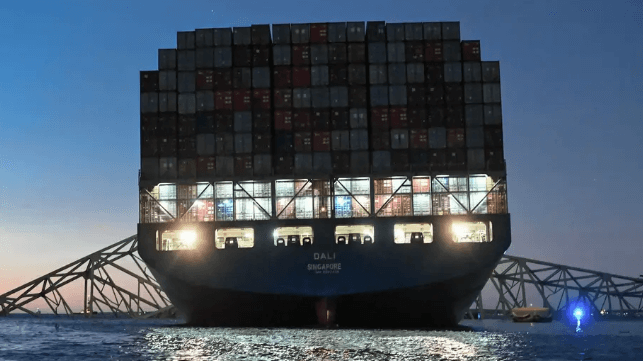
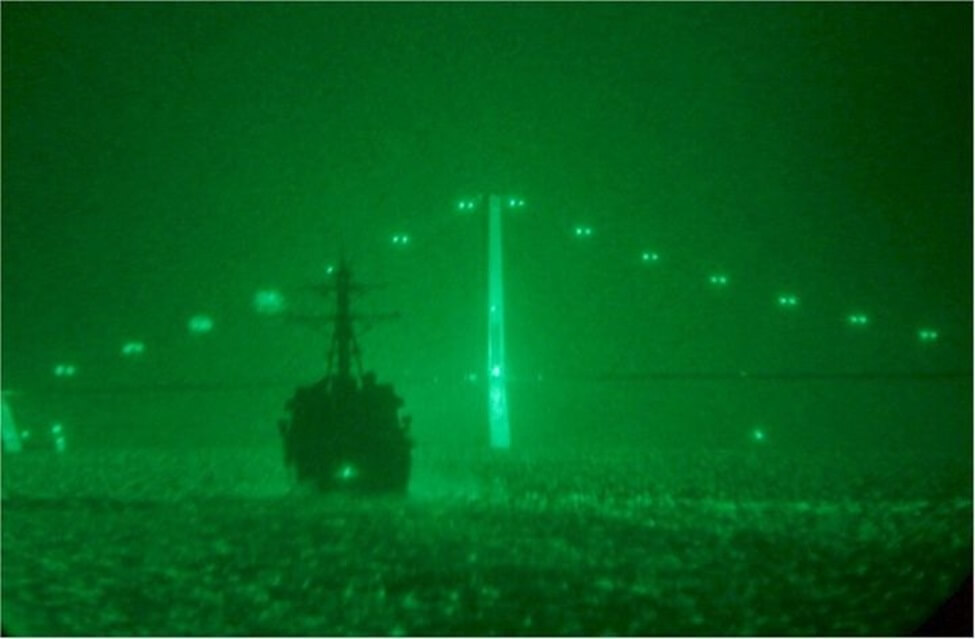


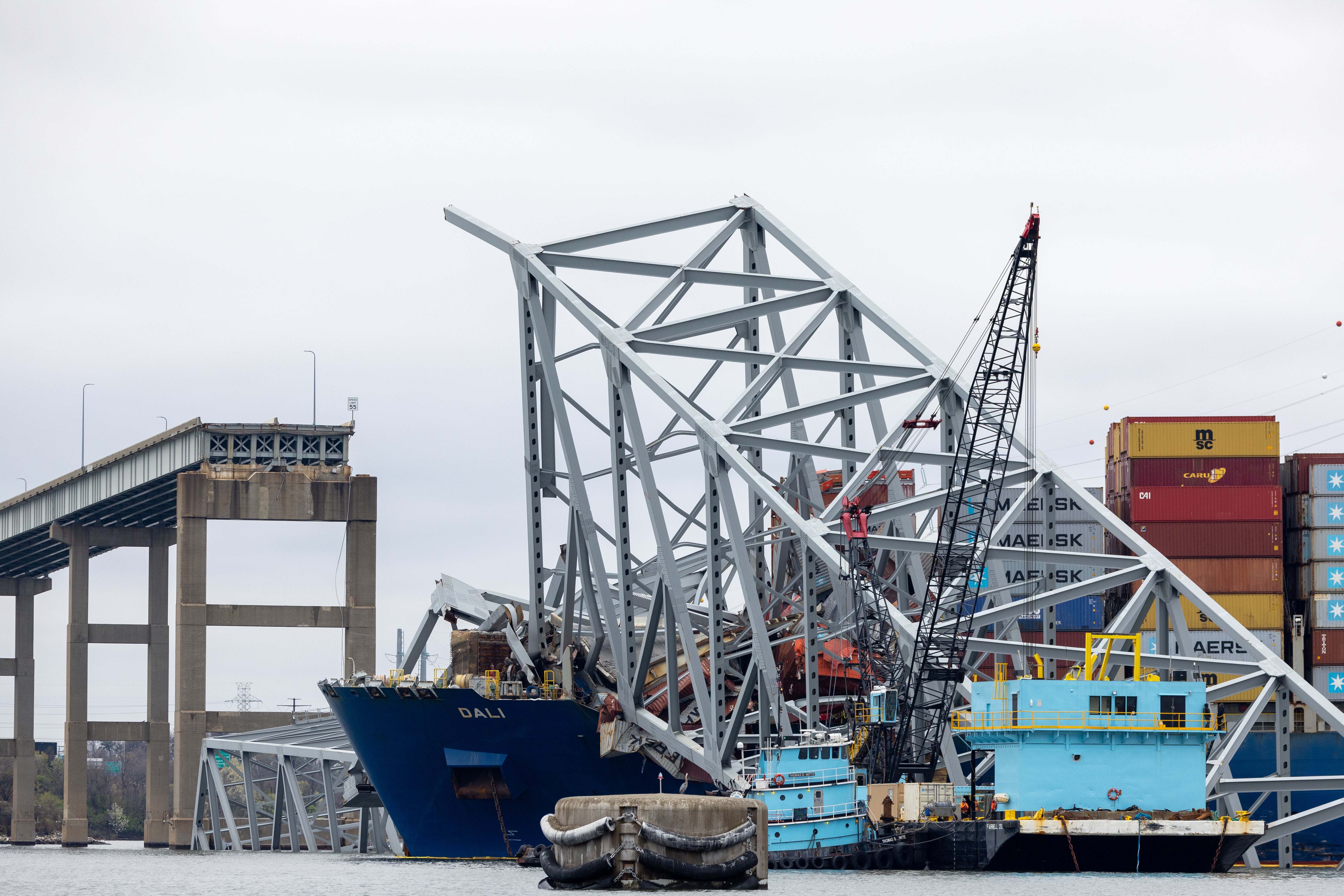
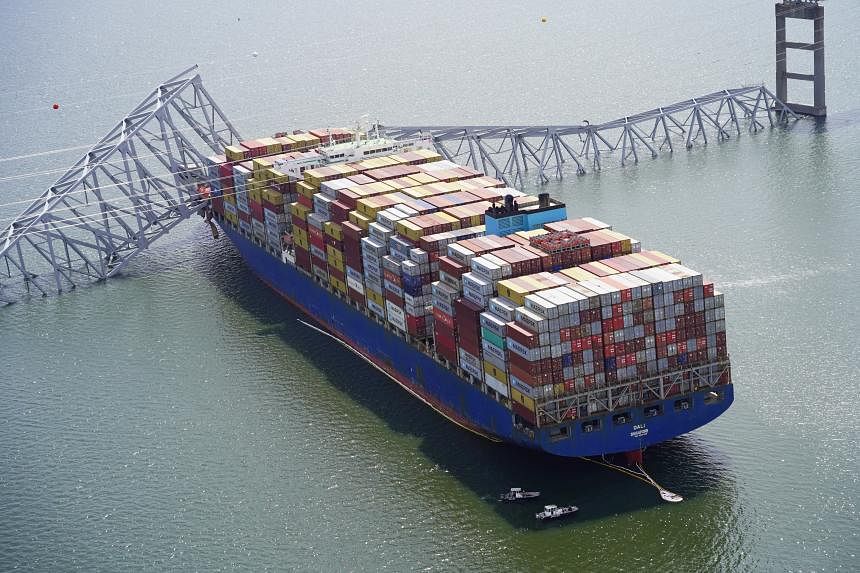
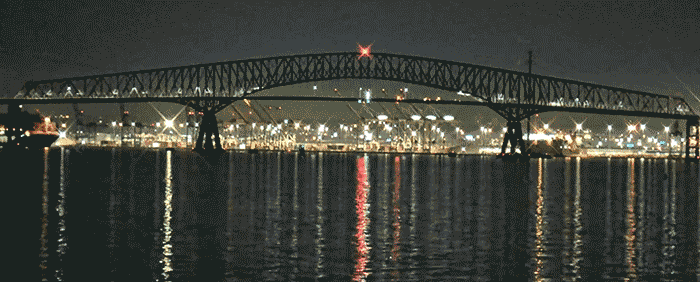
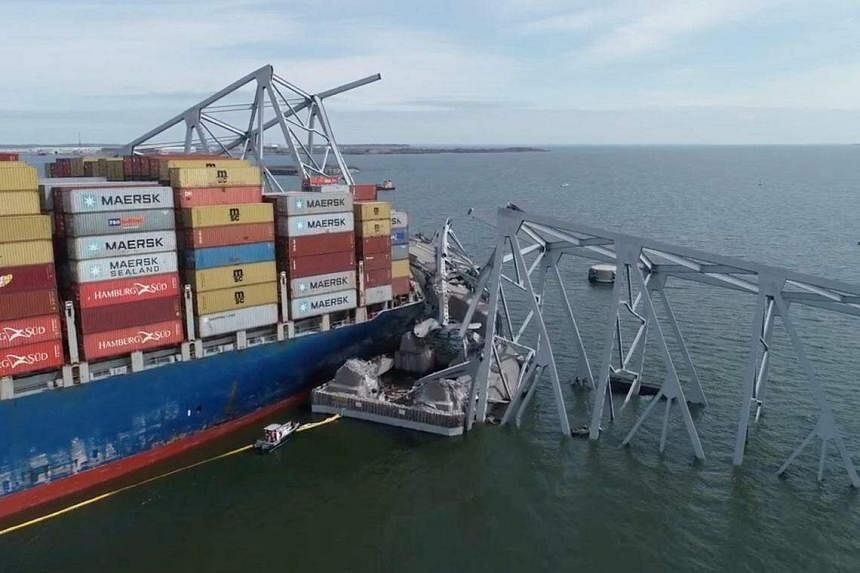
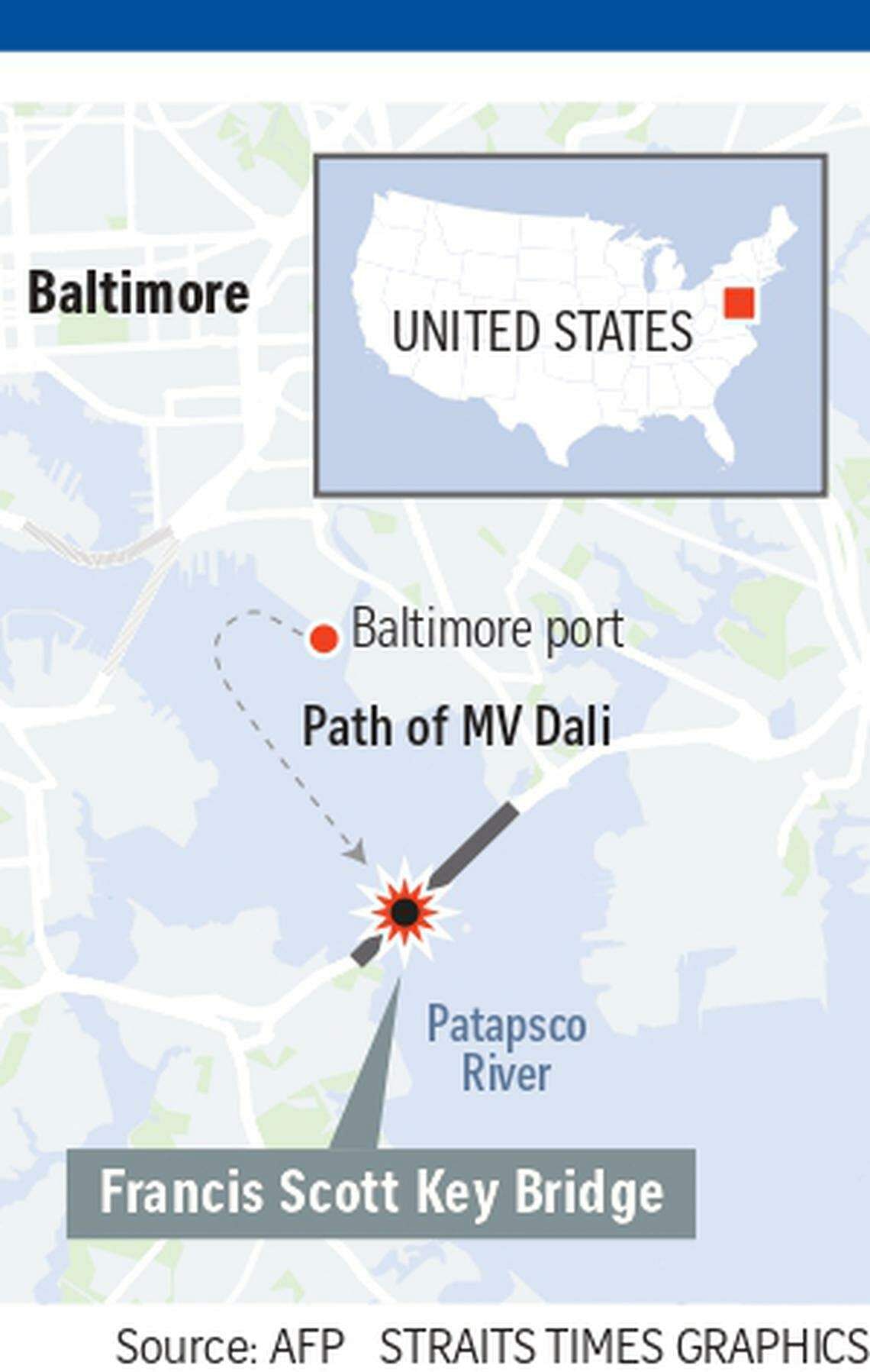
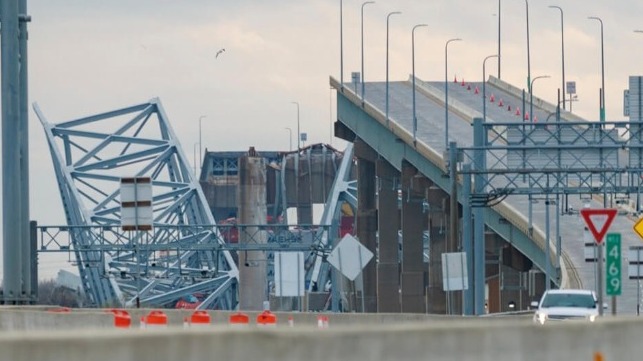



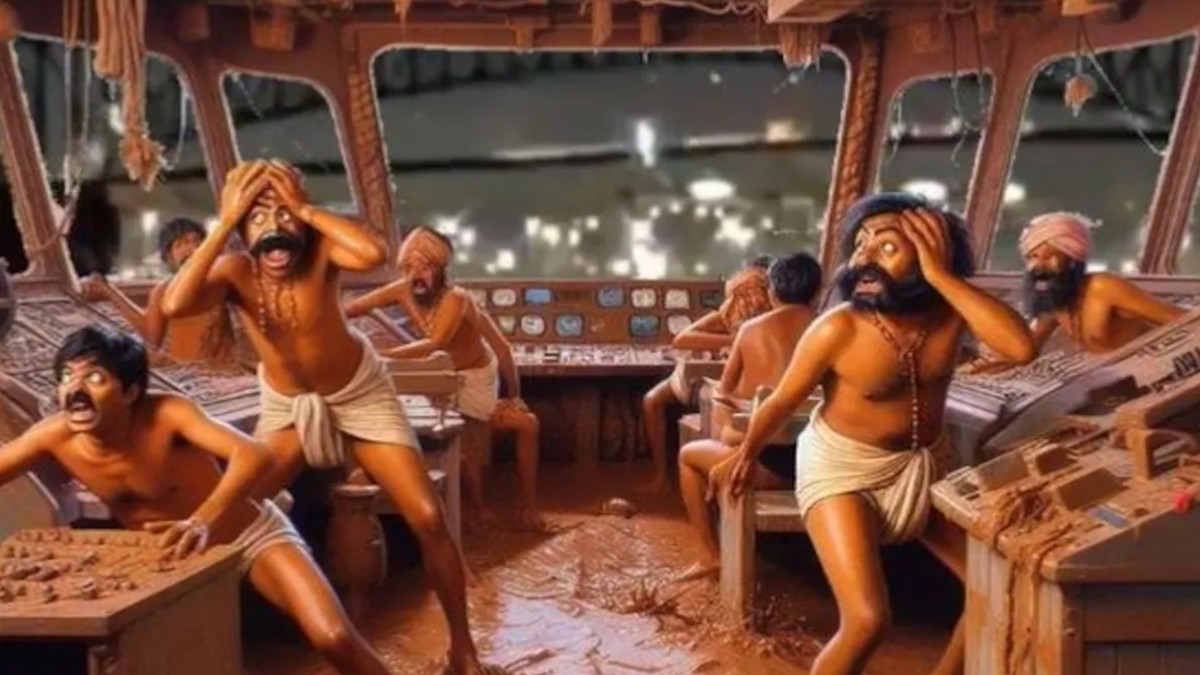)
